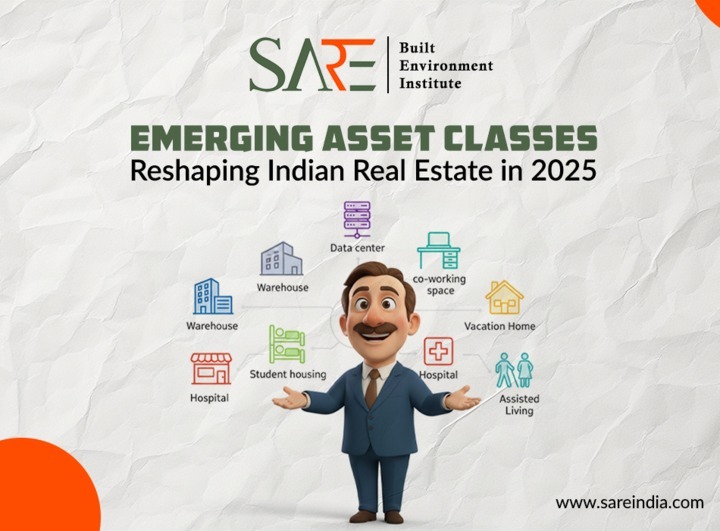The Double Taxation Dilemma
Historically, real estate has existed in a grey zone of taxation. While GST governs materials and services, property transactions continue to attract stamp duty outside the GST framework. This creates a double-taxation scenario, inflating costs and undermining efficiency.
Breaking Down the Cost Structure
Construction forms the backbone of real estate development. Under the old regime, high GST rates (28%) on key inputs like steel and cement inflated have been revised at 18% which may provide relief in the cost of construction. At a project level, steel and cement typically account for 40% of construction costs. With an effective saving of ~7.8% on these items, the overall reduction works out to roughly 3.1% of total project costs.
| Item | Base Price (₹) | Old GST (28%) | Old Gross (₹) | New GST (18%) | New Gross (₹) | Unit Saving (₹) | Unit Saving (%) |
|---|---|---|---|---|---|---|---|
| Steel (per kg) | 65.00 | 18.20 | 83.20 | 11.70 | 76.70 | 6.50 | 7.8% |
| Cement (per bag) | 380.00 | 106.40 | 486.40 | 68.40 | 448.40 | 38.00 | 7.8% |
Table 1 – Details of GST on Base Price as per the new Reform
Other materials, contributing another 30% of costs of construction includes materials like marble, granite, sand-lime, bamboo, interior fixtures, landscaping fixtures, etc. With the GST rate on these items reduced from 12% to 5%, developers can now achieve an estimated cost savings of around 1.5%.
| Assumption about cost share | Effective reduction on that share | Overall reduction in total project cost |
|---|---|---|
| Labour cost | 0% | – |
| Steel + cement (40% of total cost) | 7.81% | ~3.12% of total |
| Other material (60% of total cost) | ~5% | ~1.5% of the total cost |
Table 2 – Overall reduction in the project cost
Together, this translates into a 4–5% reduction in input costs.
However, the gains are partially neutralised by a rise in Works Contract Tax (WCT) under GST—now increased from 12% to 18% on undefined residual works. Factoring this offset, the net effective saving shrinks to ~3%.
For instance, at an average construction cost of ₹3,000 per sq.ft., the real difference is just ₹90–100 per sq.ft. This is a nominal benefit for large-scale developer township/commercial projects, but could slightly ease costs for individual or small-scale constructions.
Additionally, lower GST on household essentials (ACs, TVs, furnishings) reduces the cost of occupancy, improving purchasing power and stimulating consumption.
Why Selling Prices May Not Drop
Despite input cost reductions, property selling prices are influenced less by construction costs and more by demand-supply dynamics, market sentiment, and location. Developers are unlikely to cut prices drastically. Buyers should view GST reforms as a stabiliser rather than a price-cutting tool.
That said, for individual homebuilders and smaller projects, the savings are more visible, offering modest but tangible relief.
A Step Towards Inclusive Growth
While the GST reform brings welcome relief to the Real Estate Industry, the two elephants in the room remain i.e. stamp duty & no input tax credit available on GST paid. This keeps real estate transaction costs high.
At SARE Built Environment Institute (SBEI) we believe that if stamp duty were integrated under GST, the sector could witness lower Real Estate cost and thereby make housing & real estate more affordable with a faster pace of urban development.
The Road Ahead
The current reform signals a step in the right direction, creating immediate savings and improving sectoral stability. For developers, the benefit lies in stronger margins; for buyers, it offers affordability and improved access. Yet, the full promise of GST can only be realized if real estate is fully subsumed within its ambit.
If that happens, GST could emerge not just as a tax reform, but as a structural transformation for Indian real estate, unlocking the next wave of growth, affordability, and inclusivity.













0 Comments